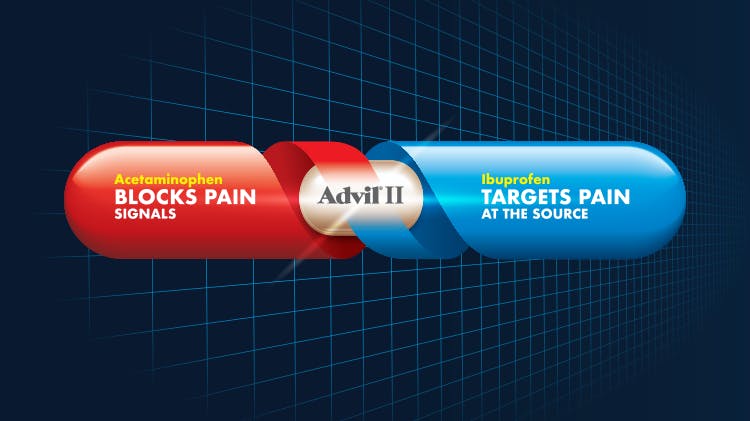Headache and Migraine Statistics and Facts

Headaches are a common concern for patients. Explore headache facts and statistics below.
For patients who suffer from headaches on a regular basis, finding relief is a top priority. Healthcare professionals must identify the cause or causes of a patient’s headache in order to recommend an effective course of treatment. This article provides key facts regarding headaches and migraines to help medical professionals make informed decisions when it comes to headache diagnosis.
What Is a Headache?
Mayo Clinic defines “headache” as pain in any region of the head.1 Patients can experience headaches on one or both sides of the head.1 The pain may be isolated to one area, radiate across the head, or possess a viselike quality.1
How Do Patients Experience Headache Pain?
Patients may feel a sharp, throbbing pain or a dull ache.1 Onset of headache symptoms can be gradual or sudden and last from less than an hour to several days.1
Types of Headaches
Headaches are classified into one of the two categories: primary headaches and secondary headaches.2
Primary headaches result from the inflammation of pain-sensitive parts near the head (nerves, blood vessels, and muscles).2 Primary headaches are not a symptom of a underlying disease or condition.2 Types of primary headaches include:
- Migraine headaches
- Tension headaches
- Hypnic headaches
- Cluster headaches2
More rare than primary headaches, secondary headaches occur when an underlying medical condition triggers pain-sensitive areas near the head, and the pain is severe.2 Conditions that trigger secondary headaches include:
- Brain tumors
- Aneurysm
- Meningitis
- Neck or brain injury2
Types of Migraines
A migraine is a form of severe headache that causes throbbing pain or a pulsing sensation.3 Individuals with migraines may also experience nausea, vomiting, or sensitivity to light and sound.3 Migraines are a neurological disease that can be classified into the following subsets:
- Migraine with Aura (Complicated Migraine)
- Migraine Without Aura (Common Migraine)
- Migraine Without Head Pain
- Hemiplegic Migraine
- Retinal Migraine
- Chronic Migraine6
Headaches and Migraines: Quick Facts and Stats
Here are some key facts about migraines and headaches from the World Health Organization:
- More than half of the world’s adult population have experienced a headache in the past year.
- Among the individuals who have reported headaches in the past year, more than 30 percent reported a migraine.
- Migraine headaches are more common in women than men by a factor of 2:1 due to hormonal influences.
- Headache disorders are the third highest cause of years lost due to disability (YLD).
- Migraines are the sixth highest cause worldwide of years lost to disability (YLD).
- In the UK nearly 25 million working or school days are lost each year due to migraines
- Many people with headache disorders are not treated; only 40% of individuals with migraines or tension-type headaches are professionally diagnosed.
- Headaches affect people of all ages, races, income levels, and geographical areas.
- Although headaches aren’t contagious or fatal, they are a serious medical condition that require proper diagnosis and treatment.5
Headache Management
Headache Management depends on your patient’s diagnosis and symptoms.6 Headaches can be prevented by eliminating potential triggers; lack of sleep, certain foods, and stress can trigger headaches.6 Options for headache and migraine relief include cold or hot compresses, as well as over-the-counter medications like Advil.6 Alternative treatments for headache pain include therapies such as massages, acupuncture, and biofeedback.6 Further research needs to be done on some of these alternative therapies before these treatments are proven to be effective. Patients can also explore our patient resources for additional support.
Learn more about pain relief.
Learn more
Advil® DUAL ACTION Drug Facts
What you and your patients need to know about Advil® DUAL ACTION.
Advil® DUAL ACTION Frequently Asked Questions
A resource to help answer common questions about Advil® DUAL ACTION.

A duo of MOAs that fight pain together
Ibuprofen and acetaminophen work together to help target pain directly, while blocking pain signals.
Advil® DUAL ACTION Resources
Read about and find the answers to questions about the newest member of the Advil® family, Advil® DUAL ACTION.